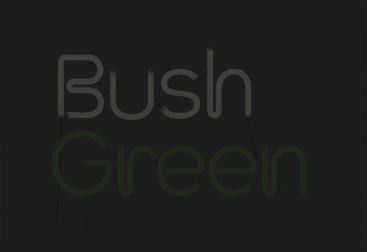RADAR 2014: Near Gone discuss the relationship between performance and translation
Fri 14 Nov 2014 |
Our Plays, The Bigger Picture
ONE
The act of performance is an act of translation.
Interpretation is in stages. Between the idea and its realisation. Between the tone intended and that understood: from intention to embodiment to perception to understanding. There are gaps everywhere.
A shadow, a blink, a hesitation. A flicker of the lights, a cough in the audience, a stumbled leap, a lift aborted. The liveness for which we return to performance makes it delicate. Repetition is full of difference, and it can always seem meaningful.
When we perform, we know what we’re doing. We know what we intend. We know what the audience should see. We have rehearsed this series of moments to make the experience as reliable as possible. But we are not in control of the experience that each audience member takes away.
There are the factors outside the performance — their personal histories, their cultural contexts, their knowledge — but also we leave gaps for them to fill. The world created is incomplete and relies on their imaginations. There are signals, but not controls.
TWO
Words are tricky. Every detail giving life to a world locates it geographically, temporally, culturally. Translating a playtext reveals the fissures, and the translator must tread a careful path across the slippery surface of the original; the risk of falling irrecoverably into a crevasse is otherwise too present.
It is the ambiguity, the presence of the gaps, which makes a text endure. The things which translate to worlds outside the setting of the play, which allow a new production to create for its audience a relevancy. When Shakespeare works, it is an act of translation bringing the concept, design, textual editing, performance styles into an alignment that covers the gaps between the world for which it was written and our own. Ravenhill’s Shopping and Fuckingwas resonant in its time, and speaks from that time, not ours.
THREE
The words need not be spoken. They can be traced in light, projected, marks left from an action performed. They can be rendered visible, fleeting, enduring. The marked body is a site of identity performance which we encounter daily. The rendering of our words as the moving signs of BSL is something less familiar to us, and something we relish for its physicality, for the weight language takes on in this incarnation.
Words spoken tell us almost too much. When we see the speaker’s face, hear their tone, understand the words, there are signs upon signs. Taking them away conjures the gaps we need. Think of Beckett demanding a performance of lips and teeth in Not I, forcing the familiar into an unfamiliar frame. Think of our own use (in Near Gone) of Bulgarian language, loaded with emotion and gesture, its literal translation an almost redundant reinforcement of events uncontrollably unfolding. Think of the foreign sounds which audiences begin to recognise as belonging to this other world, the world performed, and the gap they bridge between that world and their own.
To read the full article from Exeunt Magazine click HERE


